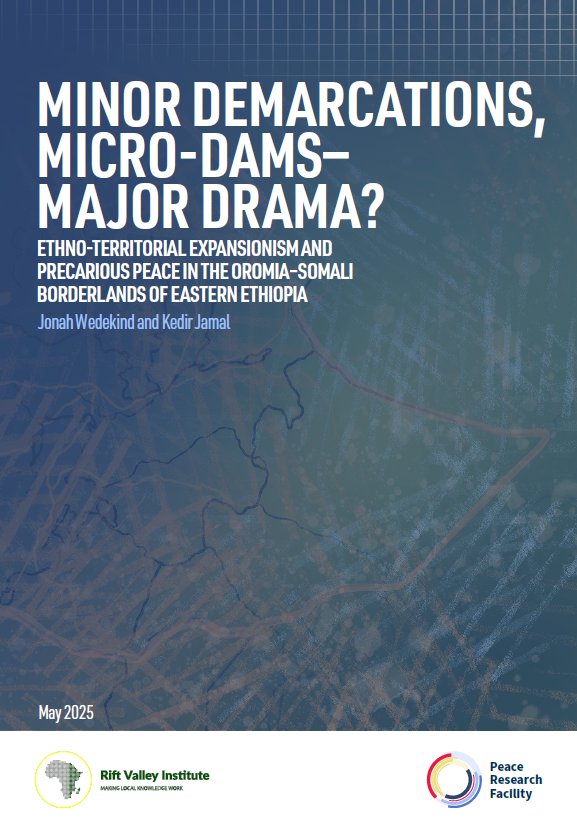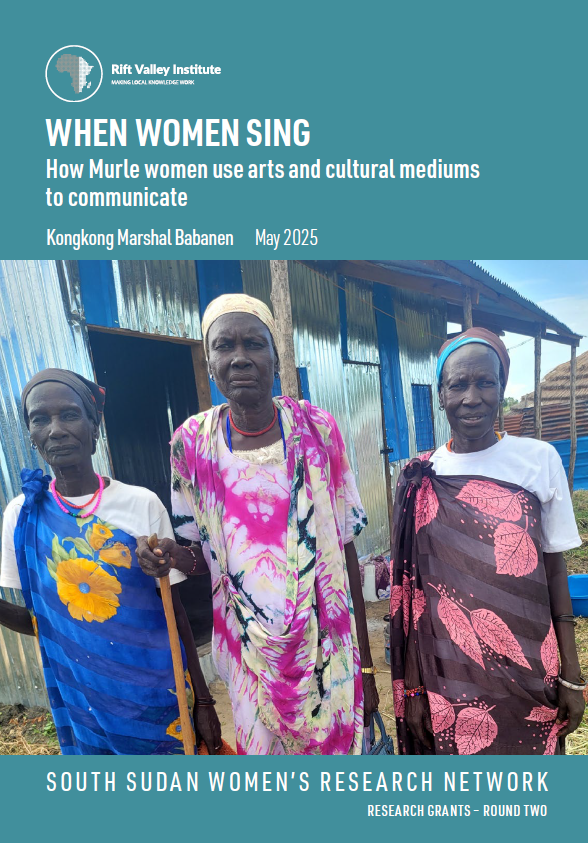On Wednesday 19 October 2016, the Rift Valley Forum and the University of Hargeysa’s Institute for Peace and Conflict Studies (IPCS) hosted a public forum to discuss the key findings of the book, Famine in Somalia: Competing Imperatives, Collective Failures, 2011-12. The book, written by Dan Maxwell and Nisar Majid, is based on extensive research on the 2011–2012 drought that affected Somalia and the region. Previously launched in Nairobi under the Rift Valley Forum, the Hargeysa forum attracted national and foreign academics, expatriates, post-graduate students and government officials.
Nisar Majid was joined on the panel by Khalif Abdillahi, a senior researcher of the Famine 2011 in Somalia, and Eng. Kamal Mohamed Farah, a consultant for CARE International. The event was moderated by Adan Abokor of the Rift Valley Institute.
Nisar’s presentation summarized the key findings and data collected during the research, including the causes of the famine and a critical view on the role of the international community in responding to the famine that led to the death of approximately 250,000 Somalis. The research suggests that the role of the international war on terror and the presence of al-Shabaab in Somalia had a direct impact on the level and speed of response that international donors were able to deliver due to concerns of indirectly funding al-Shabaab. Key organisations, such as the World Food Programme, were not permitted to access the famine-affected areas, which led to the roll out of cash transfers as an alternative approach to delivering food aid. This proved vital as food prices soared while access was limited.
Nisar explained that ‘a major disaster resulted from the production and market failures precipitated by the drought and food price crisis, while the famine itself was the result of the failure to quickly respond to these events—and was thus largely human-made’. Nisar also described how aid deliveries from the Middle East, Turkey and Islamic Relief Agencies—often referred to as the non-traditional donors—were permitted by al-Shabaab due to their religious links. This allowed for the wider distribution of aid to areas that the rest of the international community was not able to access.
The social structure of the Somali people was also a key element that was explored throughout the book and during the launch. The concept of ‘three circles of social connectedness’ was used to explain the various coping mechanisms outside international aid that were employed by drought-affected communities. One common approach involved recipients selling their rations and purchasing cheaper food in larger volumes and using the cash or additional food to support their kin in areas where aid was harder to access.
Khalid Abdillahi, a lead researcher on the project, shared life stories of individuals who were affected by the drought. The first hand accounts provided a human context to the famine and shed light on the different coping mechanisms that communities and individuals adopted to support their households and extended family members.
Eng. Kamal also presented his assessment of the drought in Awdal region in Somaliland in July 2016. He explained that the work of Majid and Maxwell on the 2011 famine in Somalia could be used as a lesson for Somaliland, especially in the eastern regions of Sool and Sanaag, which are currently being threatened by drought.
One of the key purposes of conducting such research and hosting discussions in various locations is to learn from previous experiences and to encourage prompt responses to famines when preventative measures fail. The findings of the research were well received by the participants, however, they highlighted that further opportunities to exchange experiences were needed across the Somali regions.
Nisar Majid and Dan Maxwell are authors of the RVI and Tufts University report Another Humanitarian Crisis in Somalia?: Learning from the 2011 famine.


